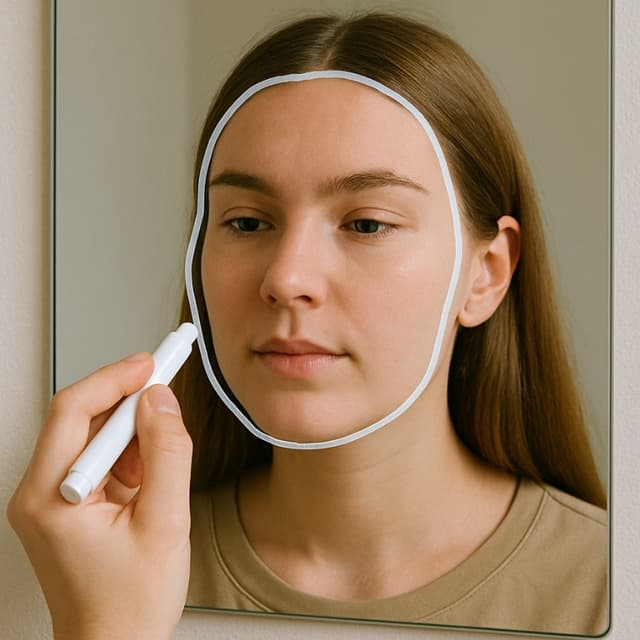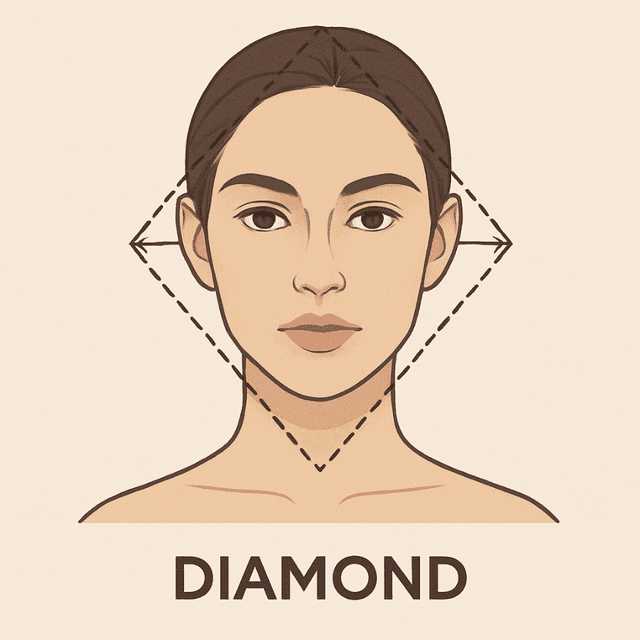A receding chin, also known as retrogenia or a weak chin, is a condition where the chin slopes backward toward the neck instead of jutting out or lying flat. This happens when the lower jaw, or mandible, is out of alignment with the upper jaw. Often considered a cosmetic issue, a receding chin can also be linked to more serious health concerns.
What Causes a Receding Chin?
Several factors can contribute to the development of a receding chin:
Genetics: Some people are born with a receding chin, and children may grow out of it as their bones develop.
Overbite: A pronounced overbite can lead to a weak chin and jawline.
Aging: Over time, the jawline tends to become less pronounced and may recede.
Congenital Conditions: Conditions present from birth, such as Treacher Collins syndrome, Pierre Robin sequence, and Down syndrome, can cause a receding chin.
Health Implications
While often a cosmetic issue, a receding chin can have health implications:
Breathing and Eating Difficulties: Conditions like Treacher Collins syndrome can affect breathing and eating.
Sleep Apnea: Obstruction of airways can lead to sleep apnea.
Speech Impediments: Misalignment can affect speech.
Temporomandibular Joint Disorder (TMJ): Misalignment can cause TMJ disorders, leading to pain and difficulty chewing.

Treatment Options for a Receding Chin
Surgical Treatments
Chin Surgery (Mentoplasty or Genioplasty)
Chin Implants: A synthetic implant is placed to enhance chin projection. The implant is inserted through a small incision made inside the mouth or under the chin.
Horizontal Sliding Genioplasty: The chin bone is cut and moved forward to create a more pronounced chin. This technique can also lengthen the chin if needed.
Jaw Surgery
Maxillary Osteotomy: Surgery on the upper jaw.
Mandibular Osteotomy: Surgery on the lower jaw.
These surgeries can correct alignment issues that affect breathing, swallowing, and speech.

Non-Surgical Treatments
Orthodontics
Braces or Retainers: Can correct dental issues like overbite that contribute to a weak chin.
Mandibular Advancement Splints: Used while sleeping to advance the jaw slightly.
Facial Exercises
- Chin Lifts and Jaw Push-Ups: Can help strengthen the muscles around the chin and jawline.
Dermal Fillers
- Hyaluronic Acid Fillers: Injected into the chin area to enhance projection and contour.
Corrective Makeup
- Contouring Techniques: Can temporarily create the illusion of a more defined chin.
Conclusion
A receding chin can impact both appearance and health, but various treatments are available, ranging from surgical interventions to non-surgical methods. Consulting with a healthcare professional can help determine the most suitable approach based on individual needs and goals.




